This post was first published on CoderHood as Visualizing Company Culture And Cultural Change. CoderHood is a blog dedicated to the human dimension of software engineering.
Company culture is an important parameter in the success of a business, especially in the tech space. It represents the environment and character where employees generate ideas and produce value. It is the personality of a company and it regulates the heartbeat of a functioning organization.
Despite our desire to be in control of our environment, we are often unable to do so. Many things occur naturally, pushed by forces governed by the result of a myriad of factors that are too complex to study, understand and predict.
As an example, we don't fully understand gravity. We learned to work with it and developed mathematical models to describe the results of gravitational forces. However, we don't understand in details the mechanism that causes the gravitational pull. It might seem strange that the force that keeps us with our feet on the ground every day is still not well understood. However, that is just an example.
Group Interactions Are Complicated
Another phenomenon that we struggle to understand in details is the interaction between people in a group. There are so many variables at play that it is difficult to have a clear view. We understand it at a high-level, and we learned to recognize common patterns, but we are far from having the equivalent of Newton Laws for people interactions. We only have observations and experience to guide our intuition.
For example, any time that a group of people interacts for a prolonged period, it develops a personality that we call "culture." The culture of an organization is a fascinating subject that affects our lives profoundly. Cultures form in all kinds of groups: families, governments, nations, companies, institutions, schools, online communities, etc. It is hard to reconstruct with precision the events that lead to a group's culture, but we can quite clearly experience and describe it.
For example, people tend to brag about daily little things on Facebook, complain on Twitter, act like annoying jerks on Reddit, be collaborative on dev.to, one-up each other on StackOverflow, bring out the professional side on LinkedIn, reveal a wild-illicit side on Whisper and SnapChat, be self-centered on Instagram, etc. Each group has a distinctive flavor and behavior, and people that are part of multiple groups tend to play the part depending on where they are interacting.
Culture is Energy, Like Waves in a Body of Water
Every person operating in a group modifies the group by broadcasting energy into the environment. People have different personalities that translate into different energy signatures. We are similar to wave generators immersed in an energy pool that both influences us and is influenced by us.
In this wave model, company culture can be visualized as the result of the interaction of the effects that each employee has on the environment. Culture is the energy pattern that travels through the energy field in which the group is immersed.
Since "energy field" is a concept difficult to visualize and sounds too abstract and "new agey," think of it as if it was water. Imagine that each person in a group is floating in a body of water. The movements, actions, and words of each person in the water broadcast waves with a distinctive pattern, unique to that person.
A wave has many characteristics, but in this simplified analogy I'll use only three: amplitude, interval, and speed.
Definitions And Clarifications
Some of the terms that I use in this article are similar to terms used in physics. However, I am not attempting to make an exact parallel. In some cases, the words might have a different connotation. To avoid confusion, let me define the terms I use in this context, including their meaning in the analogy with culture.
- Each wave generator is a force immersed in the energy field that creates a unique wave. I will also use the term "signature" as a synonymous with wave-generator. A signature is uniquely identified by its position, amplitude, interval, and speed (see below for definitions). In the analogy:
- Each signature represents a member of a group.
- The wave generated by the signature describes the effects that said signature has on the culture.
- A crest is one of the high points of a wave, and a valley is one of the low points.
- In the analogy, crests and valleys represent the peaks of influence generated by a member of the group.
- Amplitude is the delta of the energy between a crest and a valley. A wave with a large amplitude is more intense than a wave with a small one.
- In the analogy, the amplitude of a wave generated by a member of the group is proportional to the intensity of the influence that such person has on the culture of the organization. Greater amplitude means a higher degree of importance.
- Speed is the traveling speed of a crest (or valley). In other words, it is the quantity of energy per unit of time (velocity) pushed through the energy field.
- In the analogy, the speed of a wave represents a unique characteristic of the influence of the signature generating it.
- Interval refers to the distance between two consecutive crests. Shorter distance results in more turbulence (irregular changes and movements).
- In the analogy, a shorter interval represents higher cultural turbulence.
- Waves expand radially from the wave generator. When different waves interact, they sum or cancel each other, forming an interference pattern, or pattern.
- In my analogy, the interference pattern represents the culture of the group.
Company Culture Patterns
Using this analogy, company culture depends on the unique signature of each employee. If you introduce a new member to the team or modify an existing one, the pattern changes.
To create a visual representation of the concepts described in this article, I wrote a program to animate a 3D (or 2D) rendering of the interference patterns of waves. The program allows placing signatures, and change their characteristics in various ways. It also enables to rotate the view, zoom in and out, change color schemas, save and load the patterns, etc. The program is written in Processing; I called it CultureWaves and published it on GitHub under the MIT license. It is far from perfect at this point, and it has several known issues, but it is good enough to generate the visuals that I was looking for.
In the visualizations created with CulturalWaves, each signature is represented as a sphere and is labeled with a name of a person, representing a member of a group. Each sphere changes size rhythmically, pulsating at the speed of the wave it generates. Also, its maximum size is directly proportional to the amplitude of the waves it produces. The waves generated by the signatures interact, making interference patterns that metaphorically represent the culture of the group.
For example, if the spheres are employees of a company, the interference pattern represents the culture of that organization. The size of each sphere represents the influence level of each employee. You might imagine a large one as the CEO --- having lots of influence on the company culture --- and a small one as a junior employee with limited impact.
Group of One
Let's start with a group of one. Bill is an entrepreneur, and he works alone. The cultural wave pattern he generates represents a company culture of one: predictable and regular, only dependent on one personality. Here is a visualization of Bill --- the white sphere --- and the culture he generates:
From a higher altitude and a different angle you can appreciate the regular pattern that Bill generates:
Group of Two
Let's imagine that the group that Bill started is a company and that the business at some point grows. Bill hires Julie. She joins the company and the effects on the company culture are dramatic. What was a regular pattern becomes much more complicated:
The difference of the interference patterns of Bill alone compared to Bill and Julie together is a visualization of how different a culture of one is from a culture of two. With two people things get a lot more interesting and nuanced. The difference is also noticeable from a distance, and shows the far-reaching influence of a partnership:
Group of Three & Four
If a third person --- Maggie --- joins the company, the interference changes once again acquiring a much more turbulent and irregular nature:
In this early stages of a company growth, small additions of influential people radically shape the culture. In the visualizations shown so far, Bill --- being the founder --- has a relative influence level of 200, Julie 130 and Maggie 120. Those values are a comparable measure of the amplitude of the waves generated by the members of the group.
Adding Adam, a new junior employee with a relative influence level of 40, changes the company culture, but not by much:
As shown in this visuals, company cultures are shaped more by the most influential people. Also, the larger the group gets, the smaller is the impact of each person.
Dominant Influencers
A very dominant influencer can shape the company culture dramatically. For example, look what happens if Julie's relative influence level grows to 200, while Bill and Maggie drop to 30 and Adam to 20.
The effects are even more apparent when observed from a distance. Note how the culture is very Julie-centered:
Growth
Even with a dominant Julie and her influence level of 200, when the company grows, things start to become more homogeneous. For example, here is a visualization of the group with 50 people. Julie is colored in red, to show her position relative to everybody else. The other 49 employees have comparable influence levels around 40.
Note how the pattern is not Julie-centric anymore; she still has significant influence, but the people around her have the effect of generating a turbulent and nuanced company culture that is no longer centered on her. For clarity, here is a view of the same group without the name labels and the spheres:
And look what happens when Julie is removed from the group:
There is a difference, and it is noticeable, but it is not dramatic. The company culture seems to maintain a certain quality that it had before Julie was removed. The personality and energy of the people remaining maintain the culture of the organization somewhat similar to the original.
However, if we increase the relative influence of one of the remaining 49 people --- April --- to 600, which is three times Julie and 15 times the average employee, this is what happens:
Once again, one single individual has a disproportionate influence on everyone else. From a closer point of view and including name labels:
Cultural Changes Over-time
Top Driven
Since all members of a group are immersed in the culture, their behavior and personality change to conform to it. Left alone, each person both modifies the culture and conforms to it, creating a small shift and a larger consolidation effect. People join a group with a given signature, and after a while they change to conform, adding their voice to reinforce the existing culture.
To induce a cultural shift, you need to get the strongest influencers to change their signature to something designed to move the company toward a predetermined direction. If the influencers continue to broadcast a consistent message, eventually everyone will shift and adapt making the resulting cultural pattern the new normal. This is why I am a firm believer that a company culture is shaped at the top and forms at the bottom.
For example, using the graphical visualization that I adopted, let's take a group of three people who start with their natural personalities and impact on the culture:
The pattern represents the original culture of this group, where there has not been a normalization shift yet. Angel is the leader. Maggie and Jason are junior employees.
If Angel doesn't work on pushing a cultural shift toward her direction, the group might settle on this natural pattern:
Note how everybody's wave interval and speed converged around similar values. The resulting culture is mostly "accidental," and might or might not be what the company needs.
However, if Angel tends to push for a cultural shift toward a strategic direction, this is where the group might converge to:
In this case, speed and interval of the three members are closed to Angel's starting point, and the resulting pattern has a different look and feel, closer to Angel's natural preference. The difference might look subtle in this example, but it is very tangible when you are immersed in it.
Cultural Changes Driven by Hiring
Another way to achieve cultural shifts is to hire a significant number of people at once --- or a few influential people --- that do not conform to the existing culture; this typically occurs accidentally during periods of fast growth in small companies. Cultural change driven by hiring can be so dramatic that, unless top leadership takes deliberate actions to guide it, can result in the creation of an entirely different company in a small span of time. I have seen this phenomenon a few times, and it is not always pretty.
On the other hand, if a company lacks the strong leadership needed to shift the culture deliberately, and if more diversity seems to be what's required to get the company out of a rut, hiring new blood might resolve the problem. Strategic hiring to push a cultural shift can be an expensive proposition, but sometimes it can be the most effective one.
If you enjoyed this article, keep in touch!
- Find all my posts on CoderHood.
- Join my professional network on LinkedIn.
- Follow me on Twitter.
- Join my Facebook page.
- And finally, follow me here on dev.to!



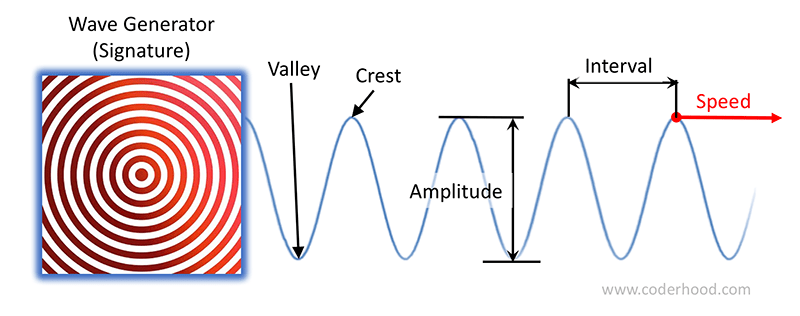






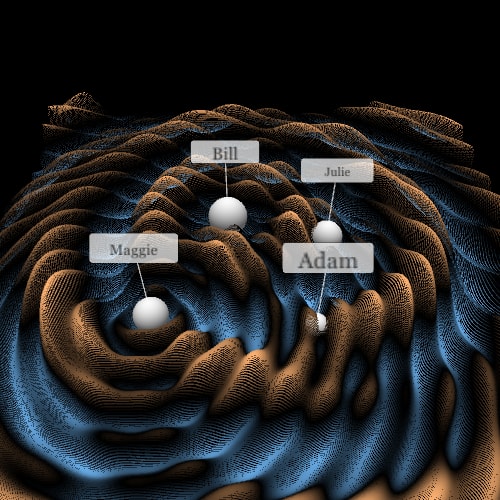






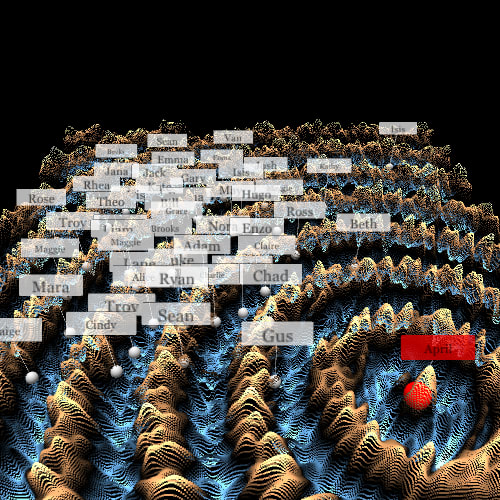
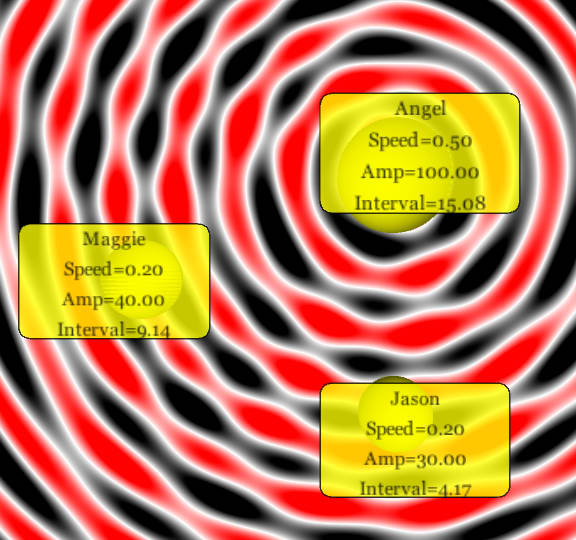

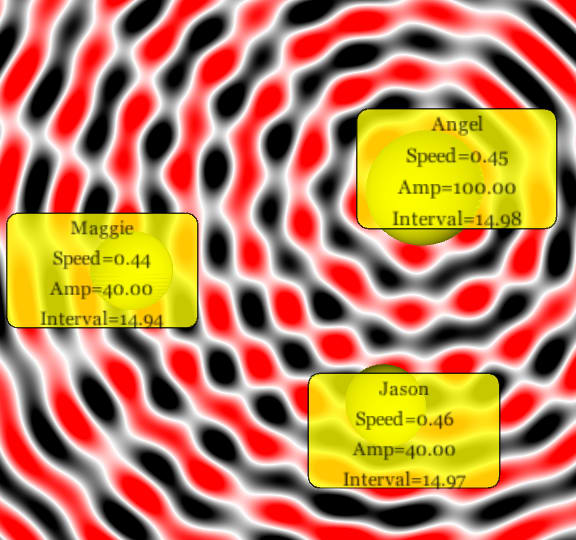





Top comments (1)
Interesting article, I like it!
From what I've seen in the various companies that I've worked at, corporate culture permeates everything the corporation does. It impacts the attitudes and values of every employee.
And it is very, very hard to change even when executive leadership is proactively working at changing the corporate culture. Turning the ship around can take many years of executive driven & focused change.
While grassroots change, by the individual contributors, is nigh impossible to be an agent of change... more likely the boat-rocker will be managed out of the company.
There is a simplified model of corporate culture called Six Boxes that I think does a good job at describing culture and individual behaviors.